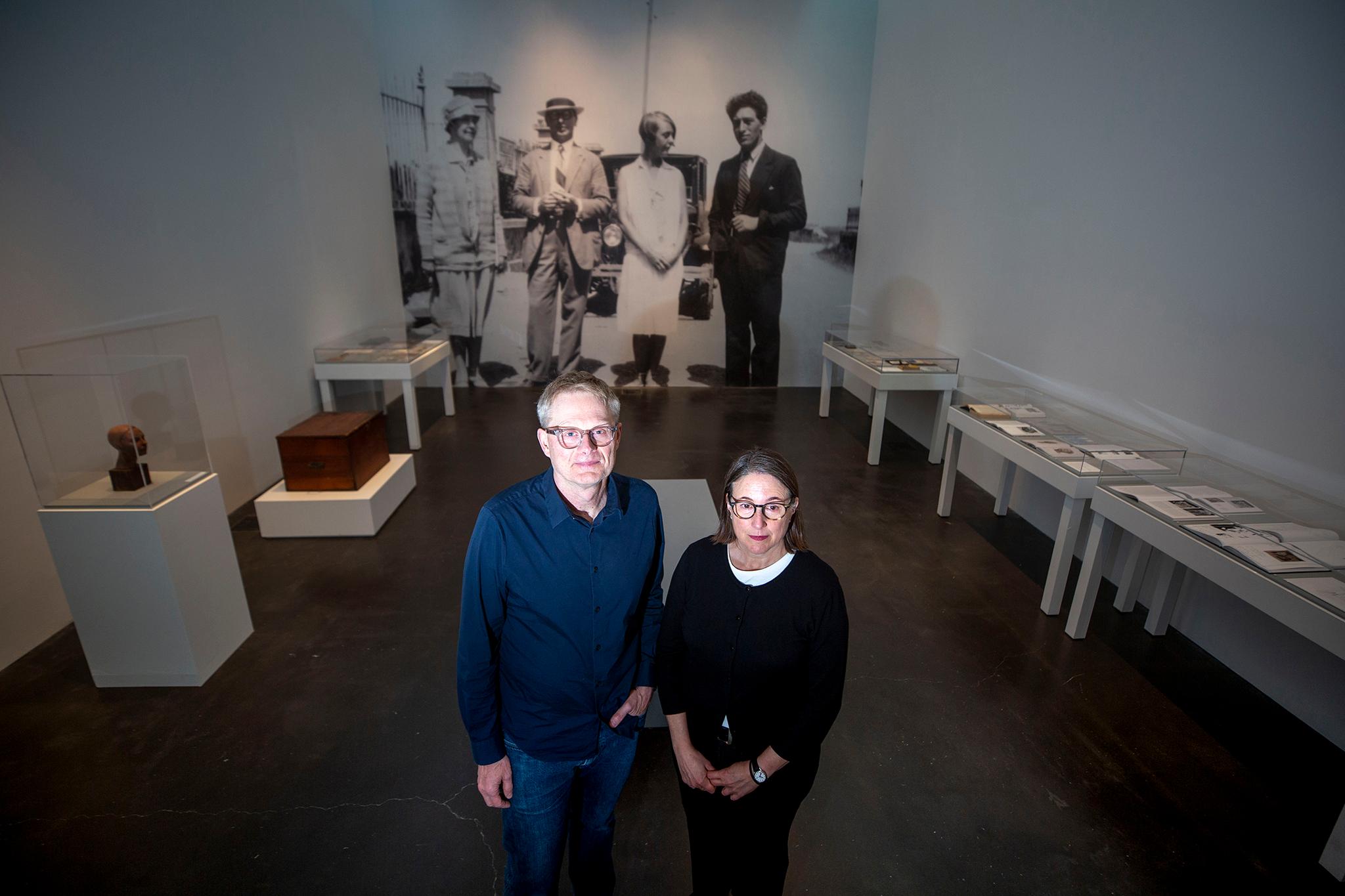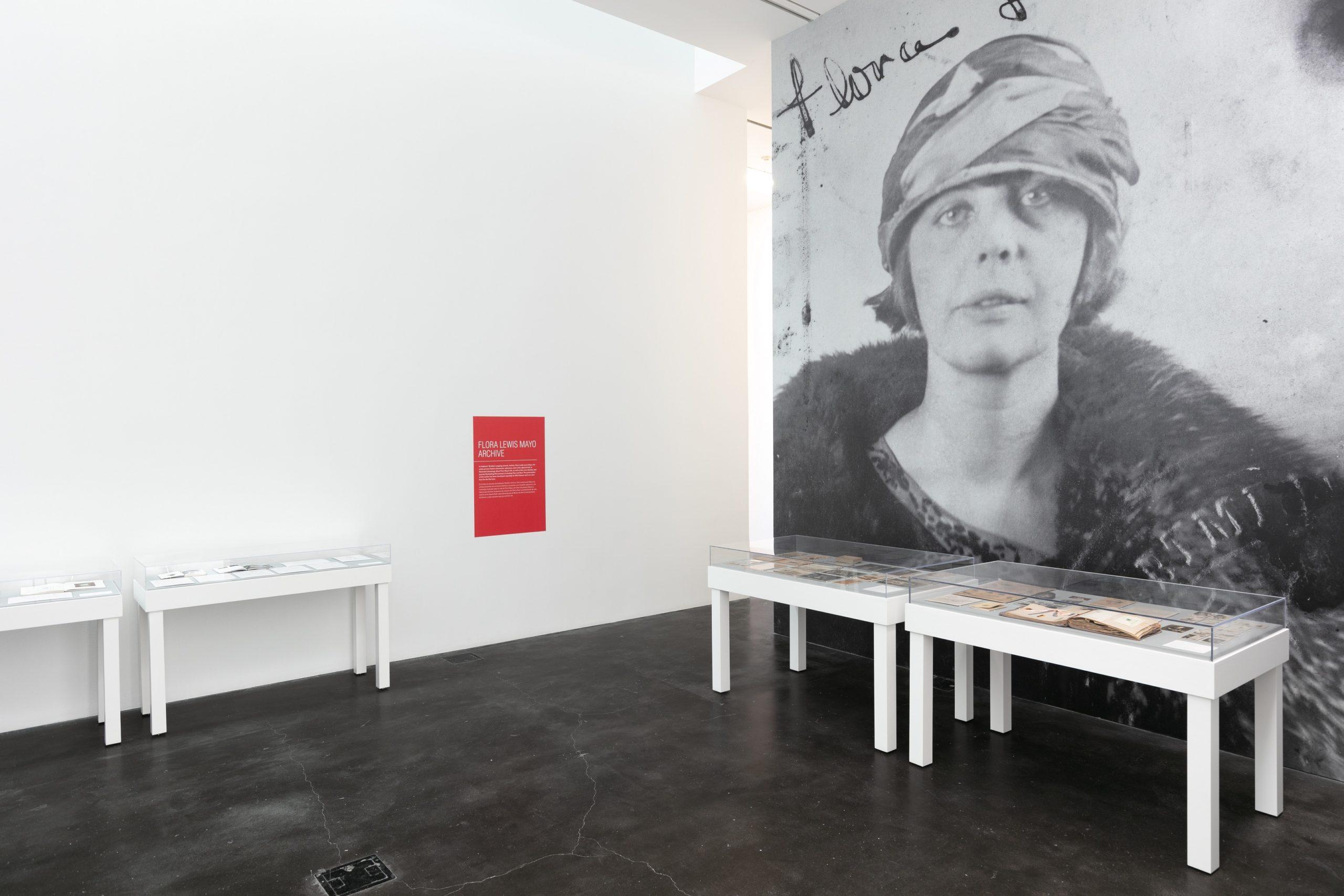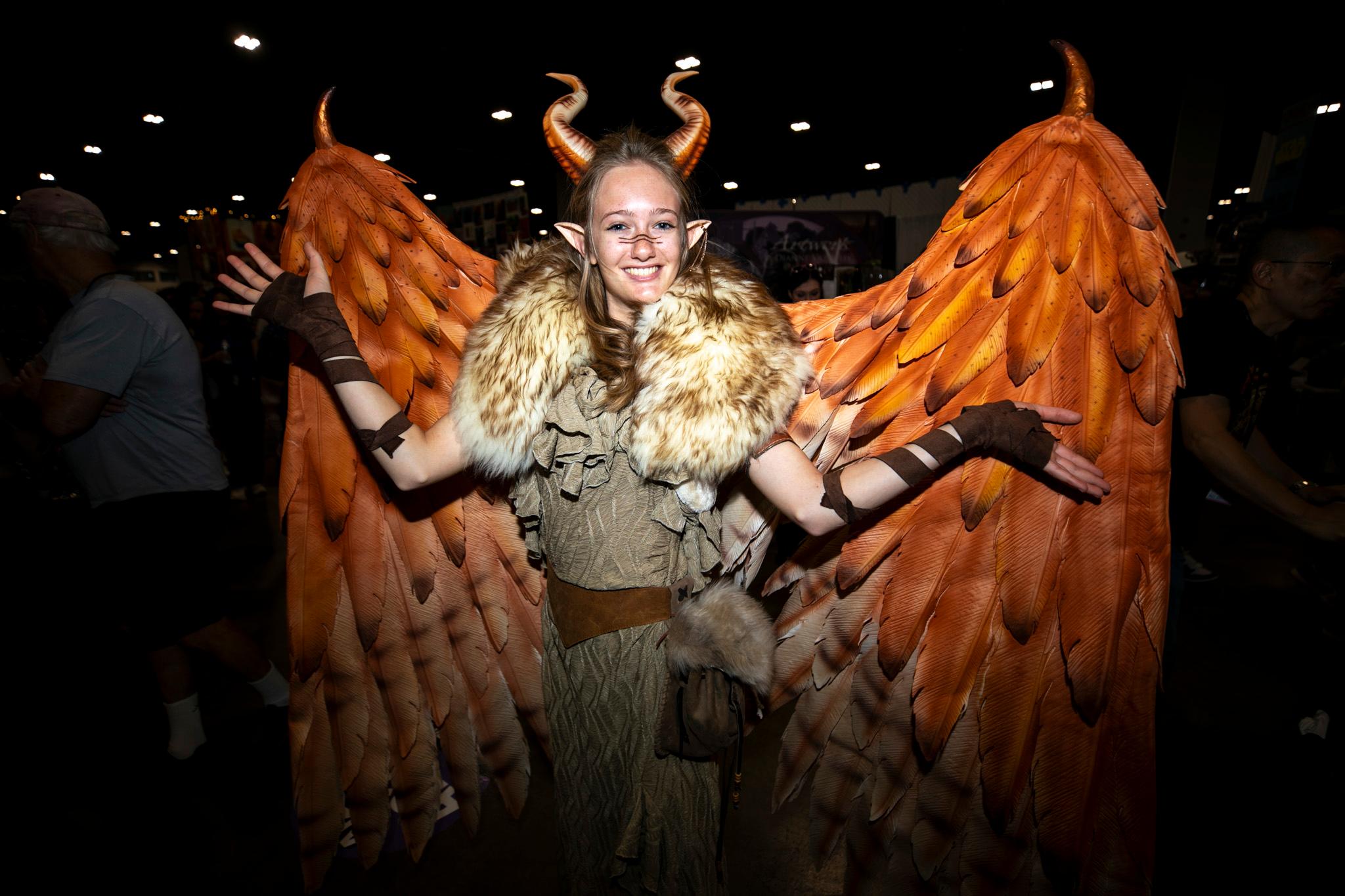It started with a photograph.
The artist duo Teresa Hubbard and Alexander Birchler found it in a biography of a Swiss sculptor. In the photo, a man and a woman sat across from one another. Between them was a large bust. It depicted him. It was made by her.
Flora Lewis Mayo was the woman in the picture. But as Hubbard soon found out, she might as well have been nameless. In a different book, Flora was called by a completely different name. And in this one, the photo in the biography included a caption so dismissive, Hubbard memorized it:
"'Flora looks at her lover wistfully as she had cause to do,'" Hubbard said, reciting the caption. "'She's attractive but not beautiful. And there's something weak in her face. It must've been apparent even then that she was one of those destined to be destroyed by circumstances.'"
"The caption was so irritating but so typical in the way that historically, so many women are described by how they look rather than what they do," Hubbard added.

The image and caption triggered their curiosity. They had to learn more. They couldn't find many details about her, which just fueled them even more. The little information they did find was usually inaccurate or sexist.
"Our research forced us along the way to ask different sorts of questions, which led us on a journey, which is what we look for when we're making a work of art," Hubbard said. "We like a lot of unknowing. We like a sense of risk. We like a sense of adventure and definitely, we like surprises along the way."
So they set off to reconstruct Mayo's life. Their discoveries led to the exhibit, "Flora," now on display at the Museum of Contemporary Art Denver. It's pieced together through a private collection from Mayo's son, David, a short film and a few borrowed items from History Colorado.
Flora, it turns out, was from Denver.
The exhibit premiered at the 57th Venice Biennale in Italy in 2017.
It premiered locally in September. The MCA version contains just one original Mayo piece: A small self-portrait bust. It's believed to be her only existing work since she destroyed most of her art before returning to Denver in 1933 after spending nearly a decade in Europe. She likely forged the piece in the late 1920s.
The exhibit also displays photos and other physical remnants representing her life.
"Our project is not about reinserting Flora Mayo into the canon of art history," Hubbard said in an interview with Denverite. "She, in her life like so many people, faced so many obstacles in order to even get to the place where she could become a practicing artist."
Hubbard and Birchler specialize in short films, photography and sculpture, with an emphasis on research-based work, and have worked together since 1990. They live and work in both Austin and Berlin. Hubbard was born in Dublin, while Birchler is from Switzerland. They visited Denver recently to speak to Nora Burnett Abrams, the museum's director.

Mayo and the sculptor she sat across from in the photo, Swiss sculptor Alberto Giacometti, were lovers in Paris during the 1920s.
He went on to become an important sculptor. After returning to the United States, Mayo worked various jobs, including in manufacturing and in retail. She moved to Los Angeles in 1937 and died there in 1972, likely remembered only by those closest to her.
During their research, the artists found Mayo's son, David Mayo, living in Los Angeles. He knew very little about his mother's life as an artist.
Birchler said they were in Berlin when they tried reaching David, now 84.
"He was aware of some of the struggles she most likely had," Birchler said. "But, like most of us, we never really ever have a complete kind of conversation about parents and understanding what our parents go through before we come into the world."
David learned more when Birchler and Hubbard invited him to an exhibit of work belonging to his mother's former lover, Giacometti. David was rendered nearly speechless when he looked at a sculpture he made of his mother. David didn't know it existed.
"This is my mom. My mother," he said. His reaction was captured in the film created by Hubbard and Birchler featured in the exhibit.
Unlike Flora's realistic, stoic and more true-to-form bust of Giacometti, the Swiss artist's plaster depicting Mayo is slightly more abstract. It's flat, almost formless and jarring, like it was drawn and colored by a child.
The film featuring David is double-sided; one side features an interview with him, while the other is a dramatization of his mother's life during the period she created the Giacometti bust. It's seen on a giant screen hung from a ceiling at MCA Denver. While one side plays dialogue, the opposite side is quiet, and vice-versa.
Mayo was born in Denver on Dec. 19, 1898.
Born Flora Luella Lewis, she was the daughter of Aaron Dennison Lewis and Luella E. Brand. She was born into local royalty: The Lewis family owned the A.T. Lewis and Son Dry Goods Company, which operated a luxury department store in what's now downtown Denver. Hubbard said one of the most interesting things they found when researching Mayo's family was that her father's department store was among the first to advertise in African-American newspapers.

"He was a businessman, but he wanted customers of all kinds buying from him, which apparently was not the case with other department stores here," Hubbard said.
Kimberly Kronwall, who loaned some items from History Colorado, said Flora was likely a kind of "Kim Kardashian of her day," famous for being famous. Mayo was a well-off socialite. Yet the life unspooled by Hubbard and Birchler shows she had goals she never completed. Even Hubbard said they don't truly know what kind of artist she could have become.
"That's the compelling part of history. We're not just telling big stories, we're telling personal stories," Kronwall said.
Mayo attended the Wolcott School, a high school for girls in Cheesman Park, in 1914, before setting off to Sweet Briar College in Virginia between 1916 and 1917. She married Dudley D. Mayo Jr., who worked at her father's business, in 1918; the two divorced in 1924. She eventually made her way to Paris in 1925 to study art.
Kronwall said Hubbard contacted their research center in the fall of 2018. Hubbard wanted to learn more about a hatbox from Mayo's family store. Luckily, Kronwall said they had quite a few items from the store. History Colorado loaned out four items for the exhibit, including a paper bag from a gift shop inside the department store, and a scrapbook from the girl's school.
Using the history museum's archive and cross-referencing with David's collection, Kronwall said the artists were able to verify Mayo's identity. These items make up one of the rooms in the exhibit, which Kronwall said was among her favorite parts of the exhibit. They chronicle Denver during the 1910s and 1920s.
They include things like Mayo's sculpting tools, which are among Hubbard's favorite pieces.
"There is a room after the first gallery ... that's all their favorite archival pieces laid out, so it's objects, and it's photographs, and it's letters and that I thought was very compelling," Kronwall said. "That, look at all this different type of primary source material."
Hubbard and Birchler wanted to make sure they brought the exhibit to Mayo's hometown, just in case there are other people who remember who she is.
Each time the exhibit is shown, Birchler said it's done in different ways. When it was shown in Japan in 2018, for example, it was part of a series commemorating the 40th anniversary of the National Museum of Art, Osaka. The U.S. premiere of "Flora" was held in Los Angeles in January 2019, before it moved to Denver last fall.

The other exhibits did not include the archival material, which is shown exclusively at MCA Denver.
Birchler said it was important to bring to Denver. Both artists are encouraging residents to attend and reach out to them or the museum if they have any connections or stories with the late artist.
"Every archive has holes, has lacks," Hubbard added. "We have many unanswered questions, still I'm sure that there are some people around who have more information."
They don't want people to think of the exhibit as a summation of Mayo's life. Birchler said it's a broader, layered look at how memory and facts play into a person's life. He said he hopes people are empowered and touched by the exhibit.
"Empowered by the struggles and challenges," Birchler said, adding he wants people to ask questions, "about yourself and how you are and how are you functioning within your life and within your family, and have a conversation within your family before it's too late."
Hubbard agreed.
"I think that's, that's it," she said.
The "Flora" exhibit runs through Sunday, April 5. Hubbard and Birchler are scheduled to return on March 26 for a talk at the museum, which is located at 1485 Delgany St. in Denver.













